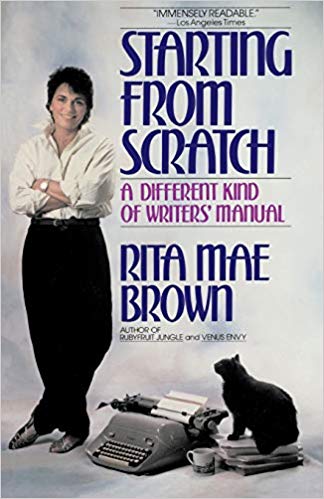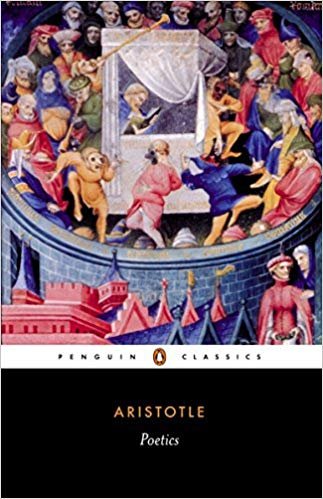When asked, “How do characters move from mundane to fantastic settings?” the correct answer is:
- The take the 45st L, get off at the first stop, then go left at the bottom of the stairs.
- By grounding the unfamiliar in the familiar.
In the Harry Potter Universe, children get to Hogwarts from Platform 9 3/4 at London’s King’s Cross station. Aside from people not noticing a young person with a tram of luggage and a caged owl on top or that youngster and all their belongings suddenly disappearing into a brick pillar, we’re back to the familiar in the unfamiliar mentioned in World-Building – Revealing Settings Through Relatable Characters.
It’s worth noting that Harry Potter’s Platform 9 3/4 is a representation of the starting point for every hero on every hero’s journey regardless of culture or mythology: We enter the fantastic via the mundane. The invitation to the mythic must be accepted or there is no journey and the invitation must be accepted in front of others – Muggles – who can’t accept or refuse to accept it. Usually there’s a mentor/guide/guardian/herald/… someone to help the young adventurer on. Harry Potter’s Mrs. Weasley told him how to “enter”, ie, pass the first challenge.
The message here is that entry into the fantastic is always around us, is everywhere, is waiting for us to become aware. Consider Keith Jarrett’s preface to his album Treasure Island:
The treasure has always been there
It is not hidden
But is only where certain people would look
At all
Thus it remains a secret to the rest
And to solace themselves
They say it’s hidden
Or buried
To still their invading thoughts.Some are calm and content
Or at peace, in their wordsSome are stirred and cloudy
But they are improving their visionOf the island
Of themselves
I make use of these “we must see the magic for it to exist” concepts myself in my short story The Magic Tassels: A shaman lives in a village and is known for the magic tassels he wears on his wrists. Different villages come and ask what the tassels are for and he asks them, “What do you think?” Everyone tells a magic story about them save three old women who mock him. Later the village is threatened and everyone will die. The villagers come to the shaman for help and his tassels turn into the magic each saw, which saves them.
Except for the three old women. When they ask him to save them he answers, “No, the only magic in my tassels is that which others put there. All the magic I gave others they already had. I merely reminded them of the magic within them. You saw nothing in my tassels, so there’s nothing I can give you. There is no magic in you for me to remind you.”
Greetings! I’m your friendly, neighborhood Threshold Guardian. This is a protected post. Protected posts in the My Work, Marketing, and StoryCrafting categories require a subscription (starting at 1$US/month) to access. Protected posts outside those categories require a General (free) membership.
Members and Subscribers can LogIn. Non members can join. Non-protected posts (there are several) are available to everyone.
Want to learn more about why I use a subscription model? Read More ch-ch-ch-ch-Changes Enjoy!



